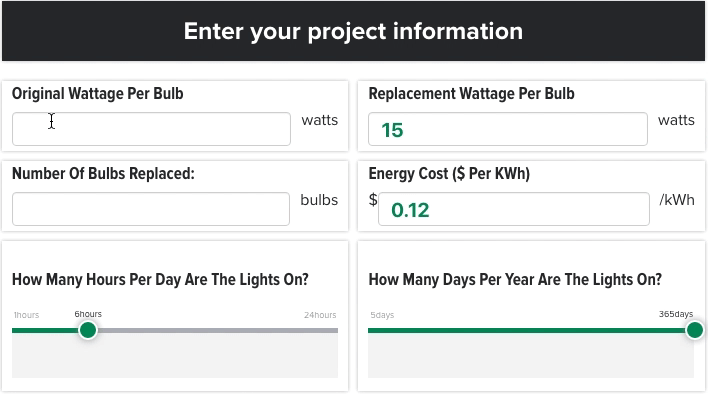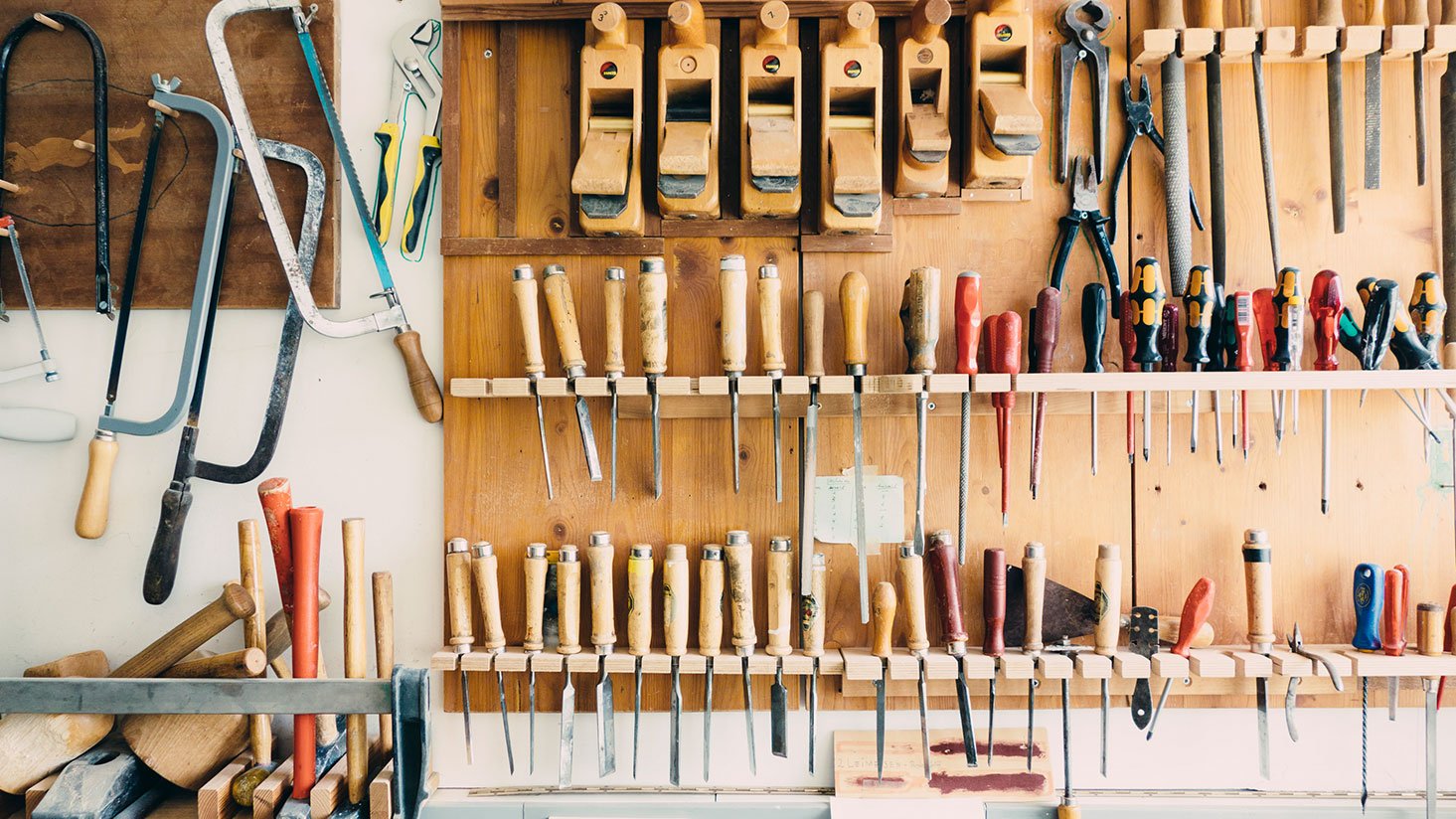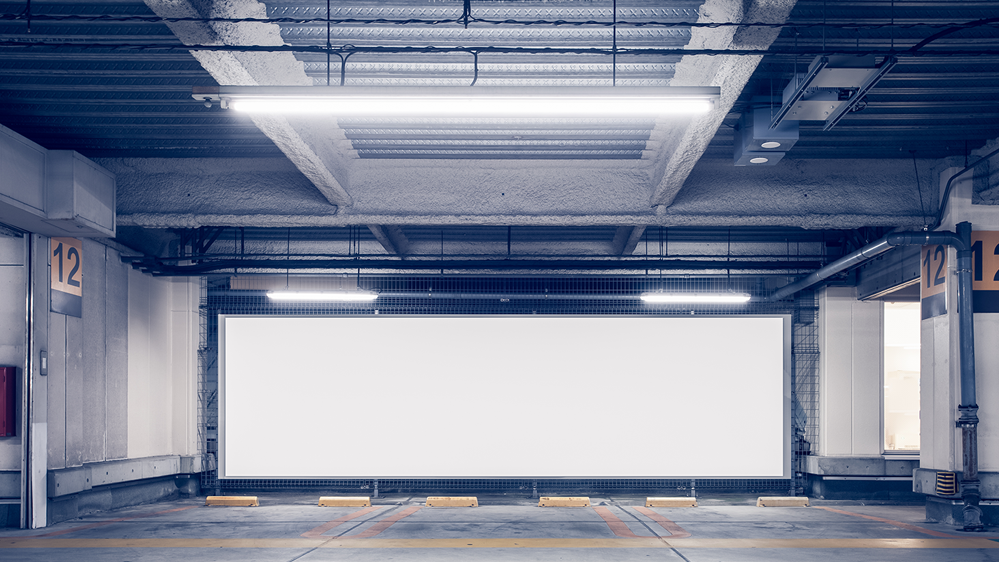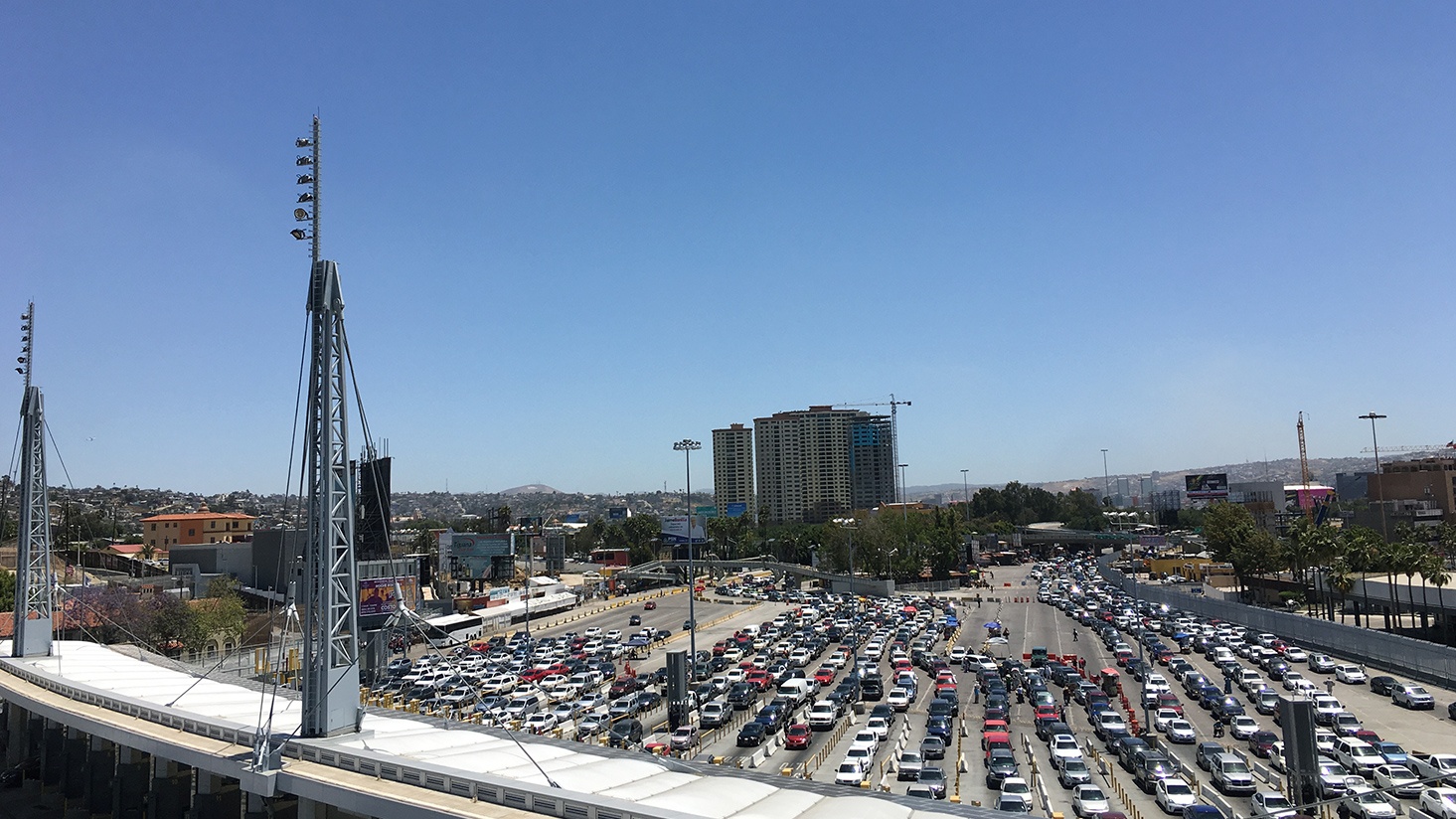Answering your questions on energy savings [Ask the expert series]

Bo Klune is our Regional Lighting Specialist Manager who oversees the Dallas and Atlanta regions. Bo has many years of experience in the lighting industry – finding the most efficient energy savings for his customers. Every day we answer countless questions surrounding the topic of energy savings so he's here to help answer some of the most common. Here's Bo with more:

When it comes to energy savings in lighting retrofits, the difference between kW and kWh is important. Kilowatt (kW) usage is the total potential energy drawn from the power lines if you were to turn all of your electricity on at once. Kilowatt-hour (kWh) usage, however, is how electricity is consumed over time as you operate your facility.
So, how does this apply to lighting retrofits? kW numbers will help you figure out the percent of your energy savings that a new lighting product will give you. kWh will help you figure out dollar savings on your electricity bill from a lighting retrofit.
To learn more about kW and kWh, and for an interactive calculator, check out this article.

Lighting conversion calculations are not always straight forward so we're here to help break them down for you.
You'll need to gather the following information first before you can begin calculating how much you'll save.
- Original wattage per bulb
- Replacement wattage per bulb
- Number of bulbs replaced
- Cost of energy
- Daily "on" hours
- Annual "on" days
- Initial cost of upgrade
The next, and easiest, step on how to calculate energy savings is to input those numbers into our energy savings calculator. We've created this tool to hopefully alleviate some of the burden of calculating your savings. Simply follow this article or click the image below to begin using the calculator.

Sometimes the impact of a ballast can be overlooked in savings calculations. The ballast factor in a fluorescent or HID system can swing calculations by as much as 20 to 30 percent.
Ballast factor is calculated by dividing the lumen output of a lamp-ballast combination by the lumen output of the same lamp(s) on a reference ballast.
A ballast factor of <1 means that your fluorescent system will produce less light (lumens) than the reference ballast and a factor of >1 means it will produce more light.
If you're looking to retrofit your fluorescent or HID lighting to an energy-saving LED, one of the most important factors to consider is the ballast you're using. This will give you an accurate picture of your current energy usage as well as realistic expectations for savings.
For more on ballast factor and how it affects your energy savings calculations, read this article.

If you're beginning to look at upgrading your lighting for energy savings purposes, it's important to fully understand the total cost of lighting. As a general rule, this diagram explains the breakdown of operating costs associated with your lighting:

Most of your cost will be tied up in electricity or HVAC energy. As a result, if you’re looking to save money on your lighting, reducing energy use may be the first thing to tackle.
To learn more about lighting retrofit savings and how to calculate how much you'll save, check out this article.
There are three easy ways to save money on lighting and increase energy efficiency:
1.) Retrofit to energy savings lighting (i.e. energy efficient lamps)
2.) Implement group relamping and be proactive about lighting maintenance
3.) Invest in long-life products from reputable manufacturers

There are pros and cons to simple lamp retrofits and complete fixture retrofits, so it's critical to fully understand what your goals are and any budgetary constraints you may have.
| LED Lamp Retrofit Pros | LED Lamp Retrofit Cons |
| Quick, easy installation | Maximum fixture wattage remains the same (applies to Title 24) |
| Significant efficiency gain | Common challenges with dimming |
| Strong rebate programs |
| LED Fixture Retrofit Pros | LED Fixture Retrofit Cons |
| Maximum control over light output and placement | Longer, more expensive installation |
| Longer life rating that LED lamps | Generally higher upfront costs than LED replacement lamps |
| Lower maximum fixture wattage than traditional fixtures | Potential for difficulty in upgrading to future emerging technologies |
| Excellent performance for controls and dimming |
So how do you decide if you should retrofit your lamps or replace the entire fixture?
There are a few key questions to ask yourself:
1.) Are you working on a new construction project or complete remodel?
2.) Do your existing light fixtures need maintenance or repair?
3.) Do you need to meet specific building codes based on controls or fixture wattage?
4.) Are there rebates involved in your lighting decision?
If you're ready to dive in and learn more about how to choose the best retrofit option for your application and how to prioritize these questions, check out this article.
To learn more about how to calculate your energy savings, download our Ultimate Guide to Energy Savings.












